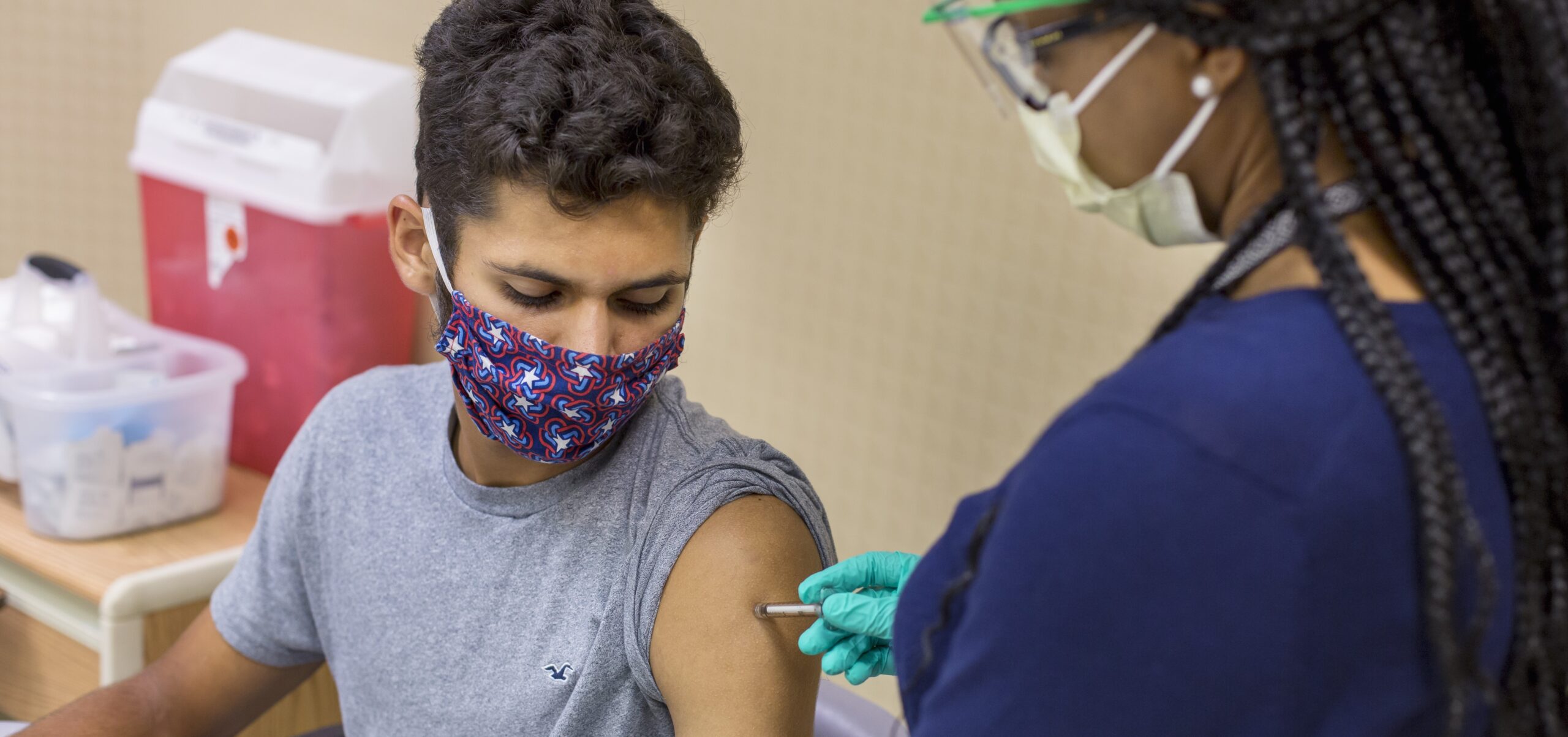Roots reach back to the world-famous polio vaccine developed by Albert Sabin, MD, in the late 1950s. Beginning in the late 1980s, research led by David Bernstein, MD, MA, and Richard Ward, PhD, produced the life-saving rotavirus vaccine (Rotarix), approved for use in the U.S. in 2008.
The work to improve existing vaccines and develop new ones continues. Cincinnati Children’s serves as one of nine national Vaccine Treatment and Evaluation Units. Researchers here are making strides in vaccine research to combat norovirus, cytomegalovirus, respiratory syncytial virus and other dangerous diseases.
Now, Paul Spearman, MD, the new Director of Infectious Diseases at Cincinnati Children’s, and Harinder Singh, PhD, who became Director of Immunobiology here in 2013, are working to take vaccine development to new levels.
Bringing ‘Omics to Research
“We plan to jointly appoint key recruits to work with existing faculty to build up our strength in the arena of systems vaccinology,” Spearman says. “We will be applying the tools and techniques of systems biology to advancing knowledge about vaccines and vaccine development.”
Their goal: to further integrate expertise in genomics, transcriptomics, lipidomics, metabolomics and other emerging fields into the established vaccine world of virologists, immunologists and infectious disease specialists.
“Partly, this is about expanding basic discovery,” Spearman says. “But we also are pursuing a translational focus. We seek to develop new vaccines against new pathogens and we are applying systems vaccinology approaches to make existing vaccines more effective.”
Singh agrees that vaccine research is a natural shared mission for their teams.
“Many advances have been made in vaccine development, yet in other ways our knowledge remains limited,” Singh says. “We know that in some people, vaccines induce good responses. Their bodies produce adequate supplies of antibodies that work effectively against the targeted pathogen. However, in others, the same vaccine can elicit a poor response. We still do not know enough about why this variation occurs.”
Singh has devoted years to studying the inner workings of B cells, the antibody-producing element of the immune system. Now, Singh and colleagues are discovering more about precisely how B cells produce the high-affinity antibodies the body needs to defeat invading pathogens.
This work is just one example of how scientists here are using emerging technologies such as single-cell RNA sequencing to open new doors for vaccine development. More projects lie ahead as the collaborative effort grows.
A Growing Vaccine Research Team
Spearman, a long-time expert in HIV vaccine research, brought five scientists with him from his previous post at Emory University. They include assistant professors Jason Hammonds, PhD, Jaang-Jiun Wang, PhD, and Karnail Singh, PhD. Together they represent a significant increase for Cincinnati Children’s in expertise in HIV biology, HIV vaccine development, and design of virus-like particle vaccines.
Meanwhile, recruiting continues for several more positions.
Emily Miraldi, PhD, an expert in computational biology, joined Cincinnati Children’s in January. Another four open faculty positions across the two divisions remain to be filled.
“We’re excited about the potential steps forward in systems vaccinology that these new recruits will bring,” Spearman says.








